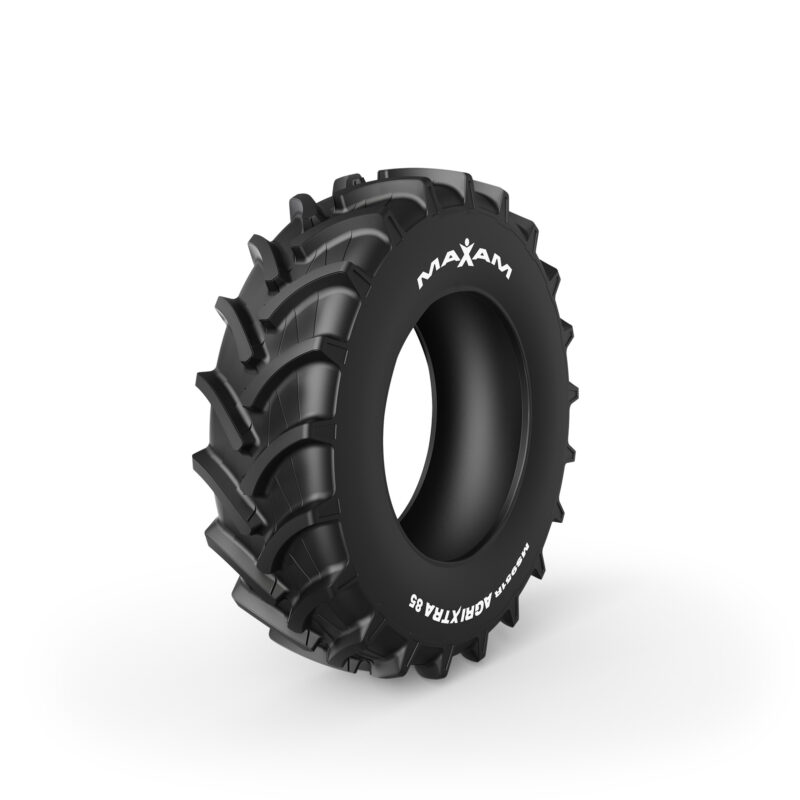In agriculture, your farm equipment’s performance is the key to your operations. For agriculture tires, features like traction and flotation optimize your machines to farm to the fullest. Optimizing both traction and flotation on your tractors also reduce soil compaction, protecting crops and the land that helps them grow.
Below, we’ll jump into the best ways to optimize traction and flotation. In this helpful guide, you’ll unlock great tips to ensure your operations go on without a hitch.
Flotation vs. Traction: What’s the Difference?
Traction
An Ag tires capability to deliver the torque or engine power relies on traction. Traction overcomes the friction between the surface of the tractor tire and the ground. When tractors move, the engine generates torque that pushes the vehicle’s wheels or tires forward and overcomes the friction between the tire surface area and the road surface area. In summary, traction is the friction generated between the tire and the road or field surface.
Flotation
Flotation is the ability of a tire to stay on the surface of soft ground, soil, or snow without digging into the surface. In agriculture, tires are designed to deliver the optimal flotation based on their size, load capability, and compounding.
Optimizing Traction and Flotation
In all cases, the optimum air pressure adjusted for the weight or load, and field condition (roading vs fieldwork) will ensure that the tire delivers the best possible traction and flotation.
YOU MIGHT LIKE: [Tractor Tread Types in Agriculture]
An Ag tire’s optimal air pressure also dictates how the tire construction or tread will provide improved or reduced flotation by extending or reducing the length of the tire footprint as provided below:
Tire traction is always improved when using the right air pressure for a given application. The vehicles slip meter will help the operator or grower determine the best possible air pressure for their tires:
If you work the field at the higher road inflation pressures:
- You will have a higher tire slip.
- Tires will float less creating higher compaction.
- You will experience higher fuel consumption.
- Resulting in lower traction.
- Reduced work rate.
- Resulting in lower efficiency.
If you road the tractor at the lower field inflation pressures:
- You will have less slip but higher rolling resistance or tire friction
- You will have higher fuel consumption.
- You will have a higher tire wear rate.
- The tires will provide less ride comfort.
- The tire will less or lower lateral stability.
- Resulting in lower efficiency.
LEARN MORE: [Lower Air Pressure and Its Capabilities]
If tire slip is too high:
- Check that tire inflations may be high.
- Verify the load distribution from front to rear.
- Add tire ballast or weights as required.
- Optimize or adjust the working depth of any towed implement.
If tire slip is too low:
- Check that tire inflations may be too low.
- Verify the load distribution from front to rear.
- Remove tire ballast or weights as required.
- Optimize or adjust the working depth of any towed implement.
Gross Flat Plate
Gross Flat Plate (GFP) is the surface area of a tire in contact with the ground. MAXAM provides a GFP in our catalogs based on our tires operating at 5 mph with 15 PSI or 1 Bar of Air Pressure as the initial tire footprint, assisting growers in determining their ground contact patch or pressure.
DOWNLOAD NOW FOR FREE: [MAXAM App with Ag Calculator]
The purpose of the Gross Flat Plate is to determine the ground contact patch or measured area in square inches or centimeters that at the chosen tire tread face or surface area will provide for a given load. As you increase or decrease tire air pressure the Gross Flat Plate will increase or decrease.
Recap: Optimizing Traction and Flotation for Your Tractor
To get the most out of your tractor, it’s essential to optimize both traction and flotation. Proper traction ensures efficient power transfer and movement, while good flotation reduces soil compaction, preserving your land and crop health.
Key Optimization Tips:
- Adjust Tire Pressure: The right air pressure based on load and field conditions is critical. Lower pressure increases flotation (larger footprint), while higher pressure may improve road performance but reduce field efficiency.
- Monitor Tire Slip: Use slip meters to find the ideal pressure. Too much slip? Lower the pressure or add ballast. Too little? Raise pressure or remove weights.
- Balance Load Distribution: Proper front-to-rear weight balance impacts both traction and flotation.
- Gross Flat Plate (GFP): GFP measures tire-ground contact area. Adjusting air pressure changes GFP, which helps manage soil pressure and load distribution.
In short, matching tire pressure, load, and application conditions will boost your tractor’s efficiency, protect your soil, and save fuel.
READ NEXT: [3 Ways To Choose the Right Ag Tire]









